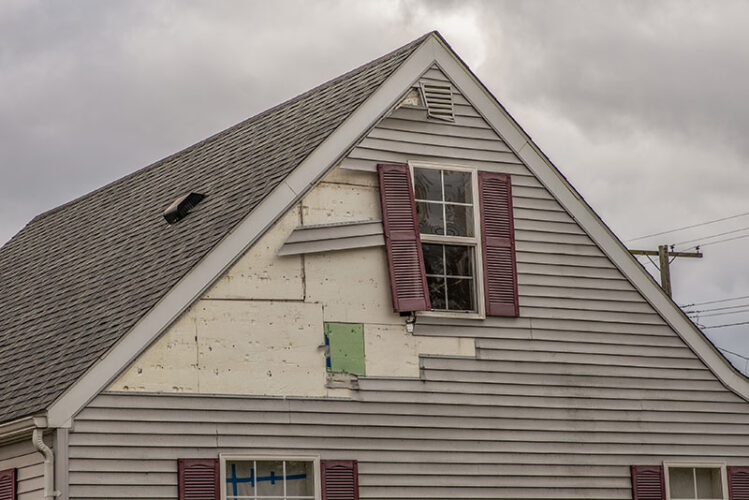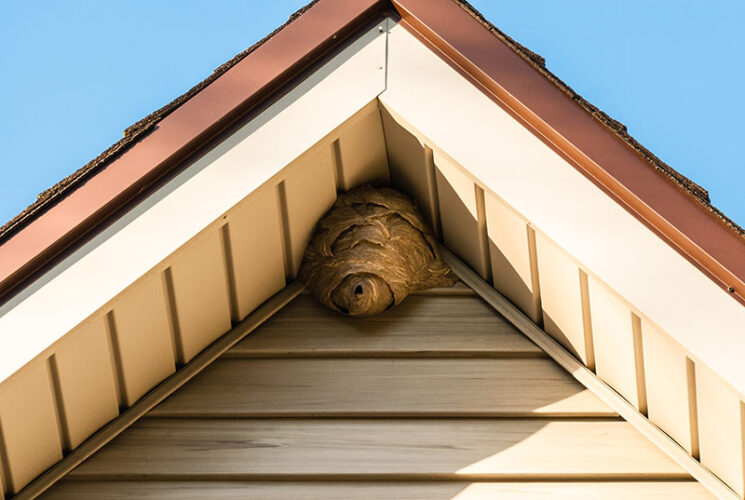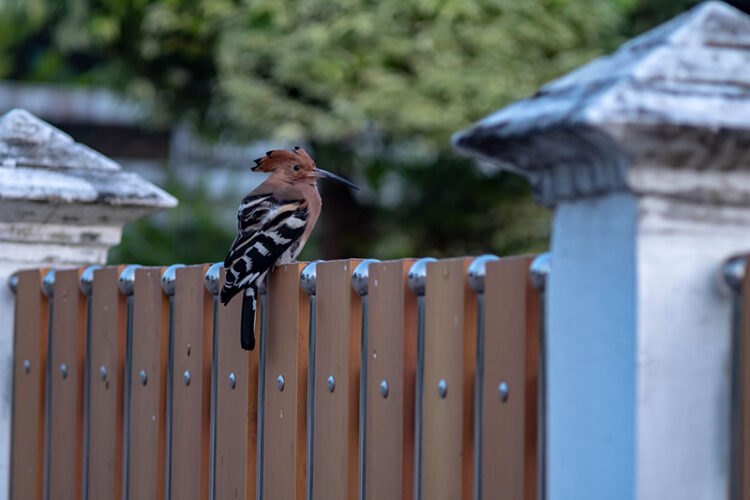Vinyl Siding Types and Their Benefits

Vinyl siding has gotten quite a bad reputation over the years. As soon as it was first introduced on the market back in the 1950s, as a replacement for aluminum siding, which was prevalent at the time, people began realizing its downsides.
Early kinds of vinyl siding tended to buckle, sag, crack, and fade quite easily. Over the years and with numerous technological and chemical improvements, it has become increasingly more reliable and desirable by the general population. In fact, vinyl has gone on to become the number one favorite type of siding, with nearly a third of all homes across the US being fitted with it.
What’s more, its popularity and use are increasing by the year. There are many types of vinyl siding available on the market, each with its own styles and colors options to choose. You are free to combine them as you see fit. This article will guide you through these types of vinyl siding: horizontal, vertical, shake/shingle and fiber cement, as well as what you can expect from them in terms of benefits.
Horizontal siding
At least as far as vinyl is concerned, horizontal siding is the most prevalent. This clean and simple facade may not be the most unique, but it’s timeless. Tastes and styles change over time, but horizontal siding will never become tacky or outdated.
What’s more, horizontal siding also comes in many different styles, including the Dutch Lap, Beaded, the Traditional Lap, Clapboard, and Log-style Siding, which means that you have more variety in terms of design. Horizontal siding, however, is more vulnerable to rainwater damage over time. Nevertheless, this rarely – if ever – applies to vinyl, as it’s most common with horizontal wood siding.
Wood siding is also vulnerable to splintering, mold, and insects, which vinyl is not. Horizontal vinyl is also cheaper and easier to install that either vertical or shake. Also known as clapboard or lap siding, it is one of the most popular types of siding sold today. It is a long narrow board or panel that is placed horizontally across the house. It’s low maintenance, eco-friendly, and energy-efficient.
Smooth
Unlike beaded styles or dutch lap, you can’t see a shadow line showing on smooth lap siding. It is meant to look like freshly painted wood.
Dutch lap
This style is meant to look like real wood. It has decorative shadow lines and distinct grooves located at the top of the panels. This gives the illusion that each panel was handmade.
Beaded
This type of horizontal siding provides a decorative shadow line with a rounded bead located at the bottom of the panels. It is very similar to dutch lap but includes the beaded groove at the bottom of panels.
Get a Free Estimate Today
50% off installation. Special financing available. See details.
Vertical siding
Traditionally used on barns and farmhouses, vertical siding has since moved on to office buildings and is now quickly gaining appeal among many homeowners. Vertical siding is bound to catch the eye of anyone passing by, standing out from the many horizontal styles around the neighborhood.
With its board and batten design, vertical siding offers an elegant flair that appeals to a lot of people. When compared to horizontal siding, however, the installation is a bit more time-consuming as it requires more prep work.
The benefits are vast—it looks like real wood, doesn’t need painting, it’s low maintenance, and is moisture and pest-resistant. It is often used together with other types like shakes or lap siding. Standard profiles are determined as a board and batten width, that are combined to create the full-size board. Commonly seen lengths and profiles: are 10″ board with a 2″ batten to create a 12″ wide board, or profile.
Shakes
This siding gives the rustic look of natural wood without the high maintenance or price. They are beautiful, low maintenance and weather resistant. Shakes have two unique types—straight or staggered edges.
Straight edge shakes leave a distinct shadow line between shingles, and its bottoms are straight. Staggered edge shakes come with jagged bottoms, giving the feel that the shingles have been handmade and individually laid. Shakes can be used as whole-house siding or as decorative accents.
Scallops
These are used for whole-house applications but also the decorative appeal as accents on dormers and gables. Scallops can vary in shape, such as hexagons, half-rounds, half-cove, and more. The styles are produced individually and typically range from five to seven inches.
Shake/shingle siding
Architects and home designers love to use authentic shingle and shake siding in their creations. Vinyl options will offer the same look, texture, and colors of real shakes and shingles but at a fraction of the cost. This type of siding is often used on historic homes or gables, providing a distinctive and charming look. These vinyl shakes and shingles are arranged vertically and come in several forms, including half-rounded, hand-splint, or staggered edges.
In addition, they have a low-gloss finish, mimicking the appearance of the real thing. But unlike cedar shingles, vinyl gives homeowners the desired look without the challenges associated with uneven weathering, expensive maintenance, and high installation costs. All of these types of vinyl siding can come with an underlying layer of insulation, providing better energy efficiency for the home, as well as increased sturdiness for the siding, itself.
Benefits of fiber cement siding
- Durable. With the intense weather, you need a siding that can handle it. People have been using fiber cement siding because it’s tough and requires little maintenance. Cement fiber siding is durable, very low-maintenance, and resource-efficient, as it’s made from recyclable materials. Warranties of 50 years and even longer are standard.
- Efficient. Fiber cement siding seals gaps preventing your house from being exposed to the outside elements or losing hot/cold air. It’s a great way to keep your bills from rising.
- Moisture repellant. You don’t have to worry about fiber cement siding, as it doesn’t absorb moisture, which means it can’t expand and warp as it comes in contact with water.
- Heat resistant. Sunshine can cause some sidings to melt or swell, but fiber cement siding won’t change no matter how hot or bright it is.
How siding compares to other siding options
Vinyl vs. wood
With vinyl, you can achieve the look of natural wood without the high maintenance that comes with wood siding and for half the price.
Vinyl vs. fiber cement
Fiber cement will last longer than vinyl; however, vinyl only requires low-maintenance cleaning while fiber cement will need to be caulked and painted regularly over its 30-50-year lifespan depending on the weather.
Vinyl vs. brick and stone
Both vinyl and brick and stone are relatively low-maintenance and provide good installation and resistance to outside noise, but vinyl is cheaper.
Vinyl vs. stucco
Stucco is both fire and insect-proof and can last up to 100 years, but can cost 3x what vinyl is worth.
Vinyl vs. metal siding
Metal siding (aluminum and steel) has a powder-coated finish that eventually wears off, making it more high-maintenance. Although metal can last a bit longer, vinyl still offers better value.
Together with 1-800-HANSONS, you can have your home be the envy of the neighborhood in no time. Contact us today for a free estimate.
















